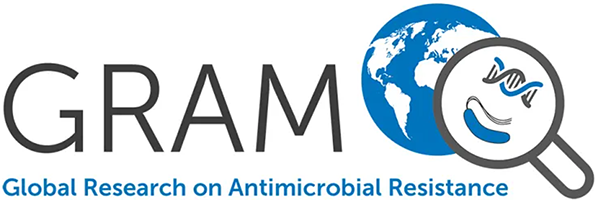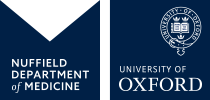The potential impact of intensified community hand hygiene interventions on respiratory tract infections: a modelling study.
Pham TM., Yin M., Cooper BS.
Hand hygiene is among the most fundamental and widely used behavioural measures to reduce the person-to-person spread of human pathogens and its effectiveness as a community intervention is supported by evidence from randomized trials. However, a theoretical understanding of the relationship between hand hygiene frequency and change in risk of infection is lacking. Using a simple model-based framework for understanding the determinants of hand hygiene effectiveness in preventing viral respiratory tract infections, we show that a crucial, but overlooked, determinant of the relationship between hand hygiene frequency and risk of infection via indirect transmission is persistence of viable virus on hands. If persistence is short, as has been reported for influenza, hand-washing needs to be performed very frequently or immediately after hand contamination to substantially reduce the probability of infection. When viable virus survival is longer (e.g. in the presence of mucus or for some enveloped viruses) less frequent hand washing can substantially reduce the infection probability. Immediate hand washing after contamination is consistently more effective than at fixed-time intervals. Our study highlights that recommendations on hand hygiene should be tailored to persistence of viable virus on hands and that more detailed empirical investigations are needed to help optimize this key intervention.

